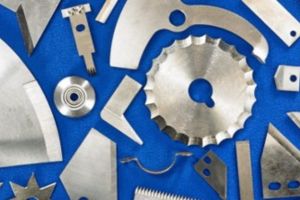

May 30 2024
John Marold, Applications Engineer- Slitting Specialist , Gabriela Martin, Marketing Coordinator

In the vast records of industrial history, few machinery evolutions are as striking as that of knife setting in slitter rewinders. The transition, marked by monumental leaps in technology, has resulted in the slow phasing out of conventional methods in favor of more advanced, automated techniques. This total transformation of knife setting has been profound in its impact, greatly improving accuracy, speed, and safety of slitting operations.
The Early Days: Manual Adjustments and Calibrated Guesses
Knife setting began as a heavily manual action, in which operators would set the knife positions of a slitter rewinder by hand. This task of setting knives and locking them in position or stacking shafts and spacers was reliant on measurements, mathematics, and past experience alone. One method primarily used in the early knife setting days was utilizing a tape measure with a side frame reference or ruler embedded in the mounting dovetail rail to measure the placement of the knives. Another common technique was that of manual digital knife setting, in which each knife was physically moved with a fixture into position and adjusted until the digital readout above indicated the desired measurement. However, while effective for the time, these manual methods had numerous drawbacks. One of these downsides was the natural inconsistency from one knife setting to another, considering the human error involved in the manual process. The manual knife adjustments also led to longer machine downtimes which delayed production, as well as presenting a safety risk for operators due to direct interaction with the sharp blades. In view of these concerns, it is not surprising that people began searching for better alternatives once the technology for possible improvement was made available.
The Middle Era: Semi-Automated Processes
As new technology began to permeate industrial settings, semi-automated processes became an integral part of innovative knife setting techniques. One of these mechanisms is the laser knife setting technique, which utilizes a laser pointer to indicate the proper razor, score, or female knife positions to operators, improving speed and minimizing technical error. This process would still be considered primarily manual, however, since the operator needs to manually move the knives to their corresponding positions. In some cases, a fixture powered by a servo motor with an absolute encoder can also be used to set the razor holders, score holders, or the female knives with much improved accuracy by removing the human error, minimizing the chances of knife positioning errors. However, while this middle era of semi-automation marks a significant shift toward slitting optimization, these systems did come with a few new challenges of their own. One of these problems was the partial reliability that this machinery had on the operators as, even with indicators present, the accuracy of the knife setting is still only as good as the operator’s skills. Another issue is that the novel mechanical components of these methods introduced the necessity for regular maintenance and calibration to ensure continued accuracy. Because of these shortcomings found in the semi-automated processes of knife setting, it was not long before even more innovative alternatives were sought out.
The Modern Revolution: Fully Automated Techniques
The true paradigm shift in knife setting came with the introduction of fully automatic technology on the scene. An automated system is now available to set both the female and male knives on a shaft one at a time, offering an unrivaled technological precision. Some automatic systems have their male knives set on motors to join the female knives afterward while others are built to set all the knives at once, but each of these “pick and place” automatic technologies are undeniably revolutionary to the knife setting process. Not only can new levels of accuracy be achieved through these methods, but they are also easily repeatable, meaning every cut can now be as perfect as the last for an ensured consistency of quality across products. Production speed is also improved since the setup that once took hours can now be completed in minutes, significantly reducing machine downtimes. Finally, total automation of the knife setting process means minimal direct interaction with the blades, thereby drastically reducing risk of injury and providing safer working conditions for operators.
The Impact Made
Today, automated knife setting remains an excellent example of how functional necessity and technical creativity can dramatically improve precision, productivity, and safety. The seemingly archaic days of using only manual guesswork have been left behind to make way for modern methods of slitting which ensure exact precision with every cut, reducing waste and rework while achieving consistent quality output. Production downtime has been greatly reduced, permitting industries to meet demands faster and more efficiently. Operator safety has also been brought to the forefront, with minimal direct interactions and much stricter safety protocols in place. This evolution comes at a cost premium to basic knife setting methods, but favorable economics driven by increased productivity, precision, and operator protection are typically achieved in the end.